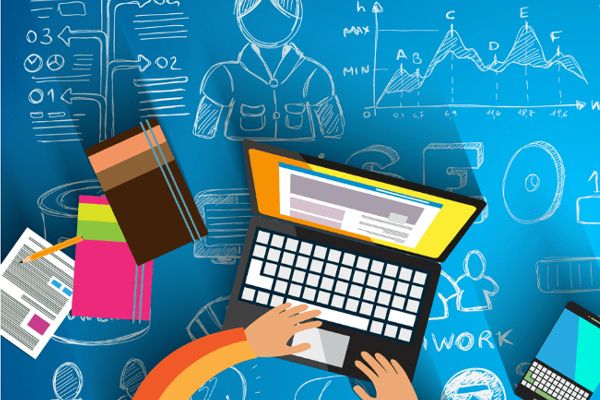Education, an essential cornerstone of society, has witnessed a monumental transformation with the advent of technology. The fusion of education and technology, often termed as EdTech, has revolutionized traditional teaching methodologies, bringing forth a new era of learning experiences.
Introduction: The Evolution of EdTech in Education
The article will commence by discussing the evolution of EdTech, highlighting its inception and progression in reshaping educational practices.
Traditional Education vs. EdTech Innovations
Transition from Conventional Teaching to Technologically-Driven Learning
A comparison between traditional classroom instruction and the innovative approaches introduced by EdTech, exploring their respective advantages and limitations.
Advantages and Impact of EdTech Innovations
Examining the significant benefits that EdTech brings to the table, such as enhanced accessibility, personalized learning, and global connectivity, while also addressing its impact on educational outcomes.
Role of Technology in Modern Education
Integration of Technology into Learning Environments
Detailing the pivotal role of technology in modern educational settings, elucidating how digital tools, software applications, and online platforms have reshaped teaching methodologies.
Impact of EdTech on Learning Processes
Exploring how EdTech initiatives have positively influenced learning experiences by fostering engagement, interactivity, and adaptive learning strategies.
Revolutionizing Educational Models with EdTech
Personalized Learning and Adaptive Platforms
Delving into the concept of personalized learning through adaptive platforms, emphasizing the tailored approach to meet individual student needs.
Blended Learning and Remote Education
Examining the rise of blended learning models and remote education, particularly their significance during unforeseen circumstances like the global pandemic, and their potential for the future of education.
EdTech Tools: Gamification and Interactive Learning
Gamified Learning Techniques
Exploring the integration of game-like elements into educational activities to enhance student engagement and motivation.
Interactive Learning Platforms
Discussing the impact of interactive digital tools, simulations, and virtual environments on fostering experiential learning and deeper understanding.
Challenges and Opportunities in the EdTech Space
Addressing Challenges in Implementation
Identifying obstacles such as digital divide, cybersecurity concerns, and technological infrastructure limitations while proposing strategies to mitigate these challenges.
Seizing Opportunities for Future Growth
Highlighting the immense potential for further innovation and growth in the EdTech sector, envisioning the future landscape of education.
Conclusion: Embracing the EdTech Revolution
Summarizing the article’s key insights, emphasizing the need for embracing EdTech’s transformative power in education, and advocating for a proactive approach in integrating technology into teaching and learning practices.

FAQs on EdTech Revolution in Education
- What exactly is EdTech, and how does it revolutionize education?EdTech, short for Educational Technology, refers to the use of digital tools, platforms, and resources to enhance teaching and learning experiences. It revolutionizes education by offering innovative ways to engage students, personalize learning, and expand access to education through interactive and adaptable technologies.
- What are some of the primary benefits of EdTech in learning?EdTech offers numerous benefits, including increased accessibility to education regardless of geographical boundaries, personalized learning experiences catering to individual student needs, improved student engagement through interactive tools, enhanced collaboration among students and educators, and the ability to adapt learning methods to diverse learning styles.
- How does EdTech accommodate diverse learning styles?EdTech accommodates diverse learning styles by offering adaptive learning platforms that can tailor educational content, pace, and assessment methods according to individual student abilities and preferences. Interactive tools and multimedia resources also allow for varied approaches to learning, catering to visual, auditory, and kinesthetic learners.
- What challenges hinder the widespread adoption of EdTech?Challenges in adopting EdTech include issues related to the digital divide, where not all students have equal access to technology or the internet, concerns about data security and privacy, limited technological infrastructure in certain regions, resistance to change among educators, and the need for comprehensive training to effectively utilize EdTech tools.
- What does the future hold for the EdTech landscape in education?The future of EdTech in education looks promising with continued advancements in technology. We can expect further integration of artificial intelligence (AI), augmented reality (AR), and virtual reality (VR) into educational tools, more personalized and adaptive learning experiences, increased emphasis on remote and hybrid learning models, and a continuous shift toward innovative and student-centric approaches to education.


